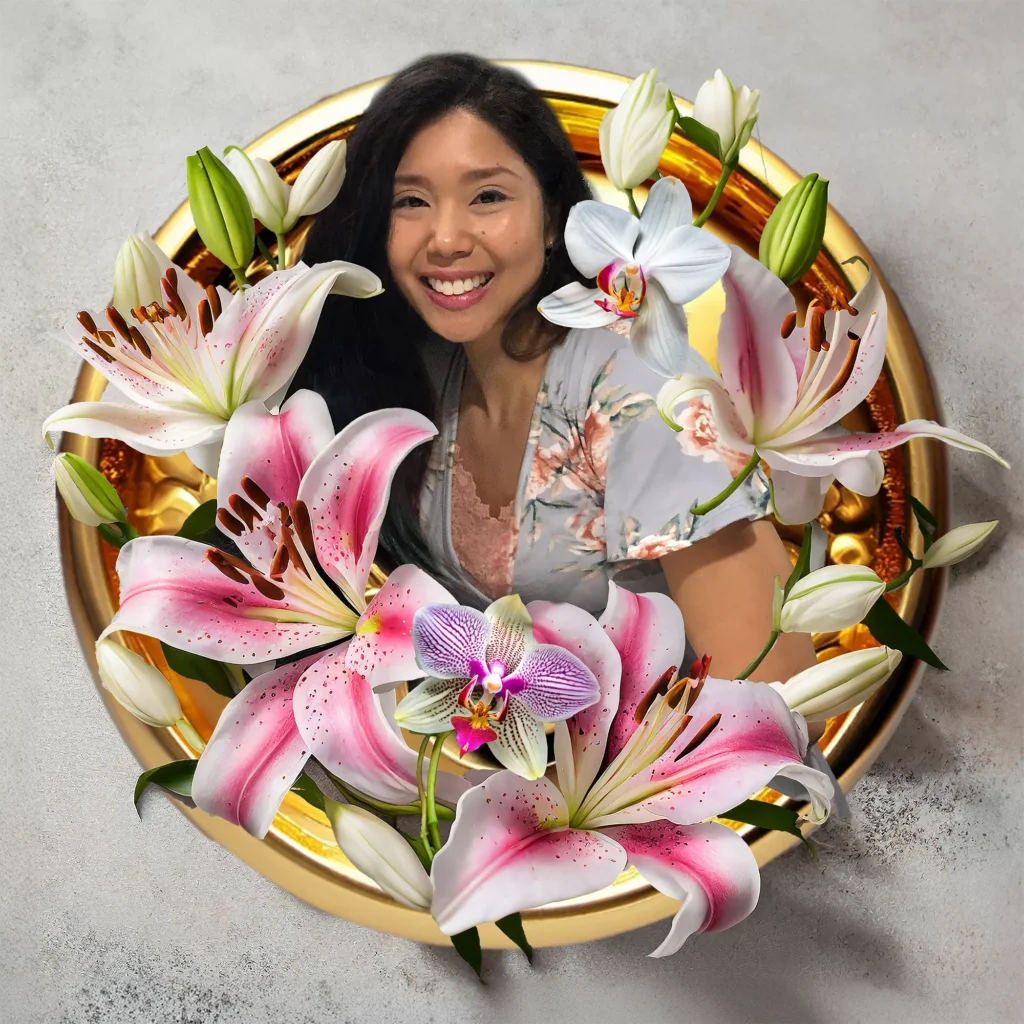
It Starts & Ends with YOU: Why You Need to Build a Secure Attachment with YOURSELF
10x Your Peace With The VICTUS Method: How to Reconnect with Your Inner Self
In my last two posts (How to Be Happy When Who You Are Is NOT Who You Are Meant To Be, and Whose Mountain Are You Climbing Anyway?), I focused on the way our Self fractures when we silence our own dreams, wants, and desires to meet the expectations that others have set for us.
One of the primary goals of the VICTUS Method is to repair that separation, so that we can unify the separate parts of our Self and bring synergy to everything we do, in all areas of our life.
Sound good?
Let’s go!
To begin our journey, we have to look back on our childhood. After all that’s when it all began, when we first learned to look to others to define our relationship with the world and, ultimately, to our Self.
The Science of Attachment Theory
Based on the research of Harry Harlow, John Bowlby, and Mary Ainsworth, there are 4 Attachment Styles that we can develop with our primary caregivers during childhood:
1. Secure Attachment Style (Type B)
People with a Secure Attachment Style are confident that their needs will be met. As infants and children, they expressed their need for food, physical care, and emotional connection and their caregivers were highly responsive and helped them to regulate their emotions (“co-regulation”).
Adults with Secure Attachment Style are usually:
Confident
Assertive
Open to trying new things, usually with a Growth Mindset
Willing to ask others for help
See others as a potential source of support
Have healthy boundaries with others
Are able to regulate their emotions and express their feelings well
2. Insecure Avoidant Attachment Style (Type A)
People with an Insecure Attachment Style are not confident that their needs will be met because their caregivers were not responsive or they were inconsistently responsive.
Adults with Insecure Attachment Style may:
Appear more withdrawn, like a “loner”
Be more independent and/or have difficulty making friends
Be less willing to ask for help
See others as unable or unwilling to meet their needs
Have anxiety about losing relationships
Have anxiety about potential or perceived rejection
Avoid close relationships
Have difficulty expressing their feelings
Be unable to identify how they’re feeling
Feel discomfort with intimacy
Avoid situations that feel uncomfortable or involve potential conflict
Have a negative self-image
Have low self-esteem
Distrust others
3. Insecure Ambivalent/Resistant Attachment Style (Type C)
People with an Insecure Ambivalent/Resistant Attachment Style are not confident that their needs will be met because their caregivers were sometimes responsive, sometimes not, which might cause them to become ambivalent; they want intimacy, but are anxious or scared that they will be rejected and lose the person they care about. This can result in behaviors that seem needy, manipulative, and/or dismissive of others.
Adults with Ambivalent/Resistant Attachment Style may:
Appear to be insecure, preoccupied, and/or anxious
Struggle to explore new situations or relationships
Seek more reassurance about their work or relationship status
React strongly to others’ perceived rejection
May be labeled “too sensitive”
May over-personalize other people’s behavior when it’s not about them
Exhibit clingy behavior
Reject you before you can reject them
4. Disorganized
People with Disorganized Attachment Style often view their present-day relationships as if they’re an opportunity to solve past traumas.
People with Disorganized Attachment Style may:
Suffer from anxiety, depression, and/or post-traumatic stress disorder
Use drugs, alcohol, or other maladaptive behaviors to distance or disconnect themselves from the painful feelings they experience
May be aggressive, abusive, and/or manipulative
May display highly explosive anger
May “stir the pot” and engage in gossip and/or mean-spirited, bullying behavior
May be highly triggered in their current life because they feel like they are re-living past abuse or past trauma
Who Are You?
Which Attachment Style do you have?
Are you on the spectrum of securely attached behaviors, or do you exhibit some maladaptive ones?
No matter which Attachment Style you have, there’s hope.
Your Attachment Style CAN Change
While we may develop a particular Attachment Style with our primary caregivers throughout our childhood, we can change our Attachment Style, depending on the quality and consistency of our relationships throughout our lives.
This is fantastic news!
It proves that we can and do change, depending on our ability to regulate our own emotions (by ourselves) and in concert with others (co-regulation).
So, the solution is two-fold:
We need to improve our co-regulation.
We need to improve our self-regulation.
In future posts, I will discuss co-regulation in-depth, but for the purposes of this post, I want to focus on self-regulation.
Why? Because We’re Over-Focusing On Other People
The entire premise of Attachment Theory is that our relationships with other people shapes how we perceive and interact with others throughout our lives.
Other people are therefore the focal point.
And that’s the problem: When we over-focus on other people, it leads us far off the path we genuinely wish to take.
It doesn’t have to be that way.
Other people can be part of the problem, but other people do not have to be our only solution.
The VICTUS Method Focuses Inward, Rather than Outward: You Can Re-Parent Yourself
Our relationship with our Self is the most enduring relationship that we will ever have throughout our entire lives.
And we cannot expect other people to be there for us in every situation.
Even the most Securely Attached caregiver is human. They have their own limitations and hardships to overcome in their own lives, and that impacts their ability to be there for us.
The one constant that we can control is our ability to be there for our Self.
Do not wait to nurture such an important relationship.
Start. Now.
To Achieve Synergy of Self, You Must Develop a Secure Attachment to YOU
That’s why, in nearly every post I’ve made about the VICTUS Method, I’ve reiterated this principle:
YOU are the Expert at being You. No one else.
— The VICTUS Method
This also means,
YOU are responsible for you.
You are responsible for understanding:
• who you are: know your strengths and weaknesses.
• what you need: know what you need to feel safe, loved, and at peace.
• what you want to achieve: know your hopes, goals, and dreams.
• what you should learn, the skills you must practice, to strive and succeed.
When you truly understand and accept that these are your responsibility, you can become who you want to be.
— The VICTUS Method
Many things have happened and will continue to happen to us in ways that are beyond our control.
But, when we accept responsibility for our Self, we are at our most powerful because we don’t have to look in so many different directions, to find other people who can “save us.” Instead, we can trust that whatever comes our way, we can be there for ourselves in the best, most loving way possible.
We do it by listening to our inner wisdom, that part of us that knows intuitively what we need.
And, like a caregiver who’s attuned to his or her child, we can and should be attuned to our own physical and emotional needs.
We can re-parent ourselves.
It’s never too late to start.
That’s why, in my next posts, we’ll begin the exercises I have planned to take us on an experimental journey of self-exploration, so we can reflect on what we truly need, both physically and emotionally, to become Securely Attached to our Self.
These easy, fun, and creative practices will allow you to:
Build new neural circuitry to see yourself as your own “best friend” or “parent,” depending on which wording is more healing for you;
Regulate your nervous system so that you can feel safe to feel all your emotions, whether “good” or “bad,” so that all emotions are welcome and able to pass through you with less resistance and unnecessary suffering;
Enhance your ability to look inward, rather than outward, to improve your outlook on life; and,
Recalibrate your Inner Compass, so you can determine the best direction to take your life, moving forward.
Just imagine:
A life where you don’t have to be tied to what others think about or expect from you.
A life where you feel safe to be authentically, unapologetically YOU.
It is possible. It takes time, but I know this Method works because it’s how I’ve freed myself from many of the limiting beliefs and fears I’ve had for years.
And this renewed sense of freedom and purpose has helped me to enjoy richer relationships with my families, friends, and colleagues, because I know that I am here for me. And I always will be.
Join Me on This Journey
“Do you see me?”
I’m just a few steps ahead you on the path.
I’m reaching out.
You just have to take my hand.
“Come with me,” I whisper. “I’ve suffered. Let me share what I’ve learned, so you don’t have to.”
You can see the light I’m shining. I’m ready to light our way.
Something flickers, deep inside of you.
It’s the child in you, waiting. Waiting to be healed.
Join me, friend.
The child in me honors and respects the child in each of you,
Marisa
“My Dear Friends,
If you feel lost and alone, you’re not.
Clap if you know we’re in this together.
Follow if you see the light I’m shining for you.
And, if you’re ready to change your life, join me.
The path’s mapped out in my Newsletter @ my Contact Page.
Sign up to get my posts as soon as they’re posted.
Why?
Because you don’t want the Algorithm to get in the way of all the goodies I’ve prepared for you.
Each week, we’ll explore not only where we’ve been, but where we’re going, and most importantly why.
We’ll learn the scientific, physiological, and psychological reasons why we are the way that we are, and combine that understanding with simple practices that will enliven our emotions and foster a greater depth of Self.
Because the VICTUS Method is more than a mindset. It’s a practice we’ll actively DO to 10x our Goals and achieve them! And it’s fully customizable, so you can tailor it to bring imagination, synergy, and freedom to everything you do. ”
— Marisa Victus

Attorney, Artist, and Author of THE OBSIDIAN CHRONICLES. Writer who believes in the power of words. Life-long learner who’s passionate about the science and art of self-improvement.
Join me, as we explore the science and skills behind VICTUS, the path and practice that can silence our inner critic and free us to be our truest, authentic self.